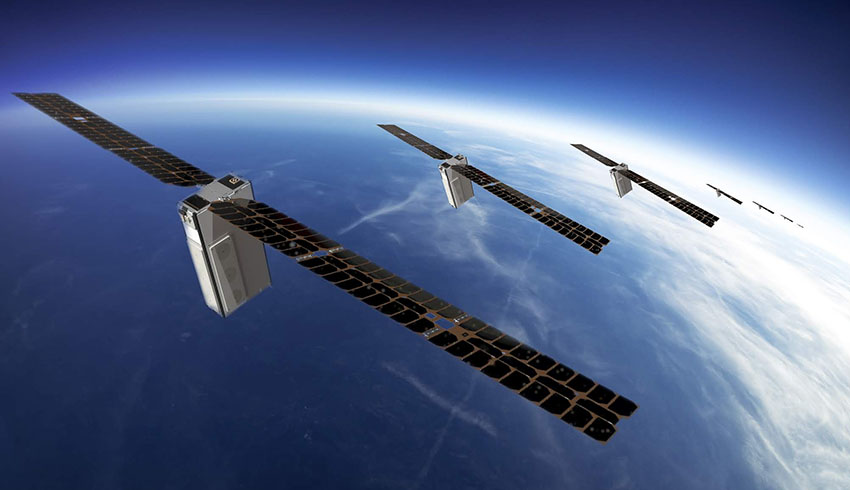That’s because passing satellites are a problem for optical telescopes and an even bigger problem for radio telescopes because of their constant emission of radio signals.
Radio telescopes scan the skies for faint radio waves from far distant stars and galaxies and much of what we know of the universe was gleaned from these observations.
Swinburne University astronomer Professor Alan Duffy, also the lead scientist of the Royal Institution of Australia, said existing satellites were tricky but astronomers have developed mitigation techniques.
"Optical telescopes like Pan-STARRS automatically mask the passing satellites from images, while with radio telescopes like ASKAP in Western Australia, we scan the sky in the gaps between otherwise blindingly bright satellite navigation signals like GPS,” he told ScienceAlert.
"A full constellation of Starlink satellites will likely mean the end of Earth-based microwave-radio telescopes able to scan the heavens for faint radio objects.
"The enormous benefits of global internet coverage will outweigh the cost to astronomers, but the loss of the radio sky is a cost to humanity as we lose our collective birthright to see the afterglow of the Big Bang or the glow of forming stars from Earth."
That would be unfortunate for Australia, set to be home to one of the two core sites of the Square Kilometre Array (SKA) radio telescope, set to be 50 times more sensitive than any existing radio telescopes and allowing astronomers to survey vast areas of the sky in parallel for the first time.
It won’t be just SpaceX adding to the number of heavens obscuring and radio signal emitting satellites. Many others including Australia’s Sky and Space Global are planning constellations of new communications and observation satellites.
Professor Duffy says the solution is to build a radio telescope somewhere it is shielded from all the radio noise here on Earth – the far side of the moon.
It’s not just astronomers with concerns about the global space renaissance.
New satellite constellations providing fast, low-cost internet directly challenge the business model of Australia’s big telecommunications providers such as Telstra and Optus, which are tied to terrestrial networks.
Peter Adderton, chief executive of mobile phone company Boost, said the Starlink service would be a real threat to carriers.
He told the technology website ChannelNews they would be able to cover all of Australia with 4G connectivity as fast as what Telstra is now delivering.
Starlink is expected to be in operation in 2023.

